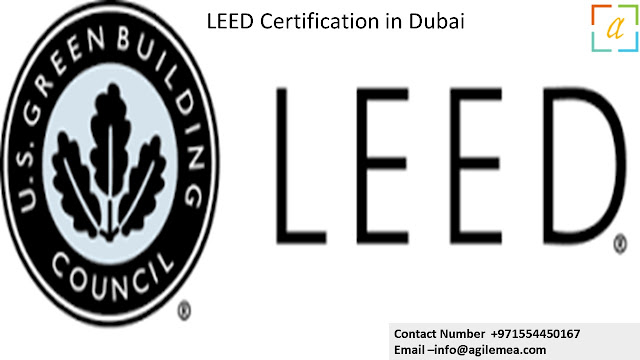How is LEED Certification obtained for a project?
We are an LEED Certification in Dubai; the internationally recognized LEED (Leadership in Energy and Environmental Design) certification is a testament to sustainability. It is the most popular green building grading system and may be applied to any building project, including interior fit-outs and new construction. LEED offers guidelines for designing affordable, healthy, and practical buildings. LEED is divided into four levels: Certified, Silver, Gold, and Platinum. Before pursuing LEED certification, a project must show that it complies with all requirements. They must accrue several points based on sections that address sustainability issues to reach a specific LEED level. The date of project registration is the basis for calculating rates. A one-time, fixed-rate registration charge is required.
As an LEED Certification in UAE, the size and rating system of your project determines the certification fees. The number of answers to this question equals the number of LEED buildings. Officially, both the environment and the residents of LEED buildings are healthier. They are meant to improve the lives and experiences of people who enter and are made to be economical and resource-efficient structures. A fantastic marketing tool, unofficially, is LEED accreditation. Any degree of LEED certification on a building demonstrates ownership interest. It indicates that the building is modern, if not completely renovated, to function well and lower tenant utility expenses. LEED certification is difficult to obtain; therefore, possessing it demonstrates that thought, attention, and resources were invested in the building and its impact on the environment and its residents.
In our role as LEED Certification in Dubai, that appeals to prospective purchasers or tenants. There is, in theory, no drawback to LEED. No matter what, developing a well-designed, sustainable, and efficient building is a good thing. One critique of LEED is that it focuses on the intended usage and design of a building rather than its actual use. But are buildings genuinely being used as designed once constructed and occupied? After they are occupied, LEED buildings frequently perform far less efficiently than intended. The USGBC's esteemed and internationally renowned LEED grading system declares to the world, "This building is environmentally responsible to the internal (people in the building) and external environment (the planet)." The U.S. Green Building Council, or USGBC, is the foremost organization for green building certification.
We are renowned LEED Certification in UAE, LEED, which stands for Leadership in Energy & Environmental Design, is a framework for planning, constructing, and maintaining a house, neighborhood, or other structure. The "triple bottom line," or three key concepts central to LEED, are financial, environmental, and social advantages (or, to put it another way, people, profit, and planet). A LEED-certified building needs to fulfil a minimum of requirements, also known as "prerequisites," as well as a variety of optional points, sometimes known as "credits," which consider the project's intended environmental initiatives and advantages. This category encourages and considers constructing locations that safeguard sensitive land and provide additional possibilities for alternate forms of transportation.




Comments
Post a Comment